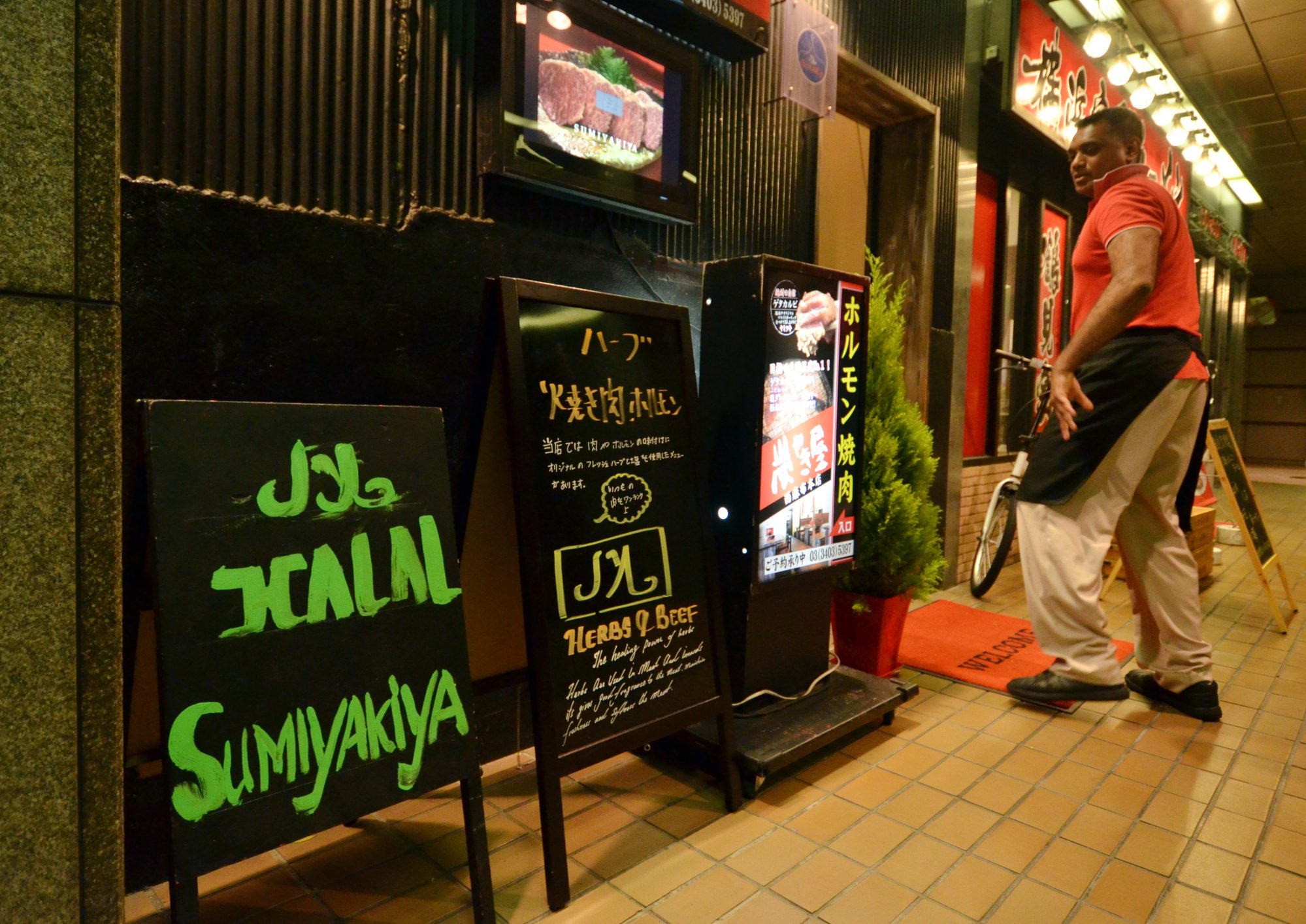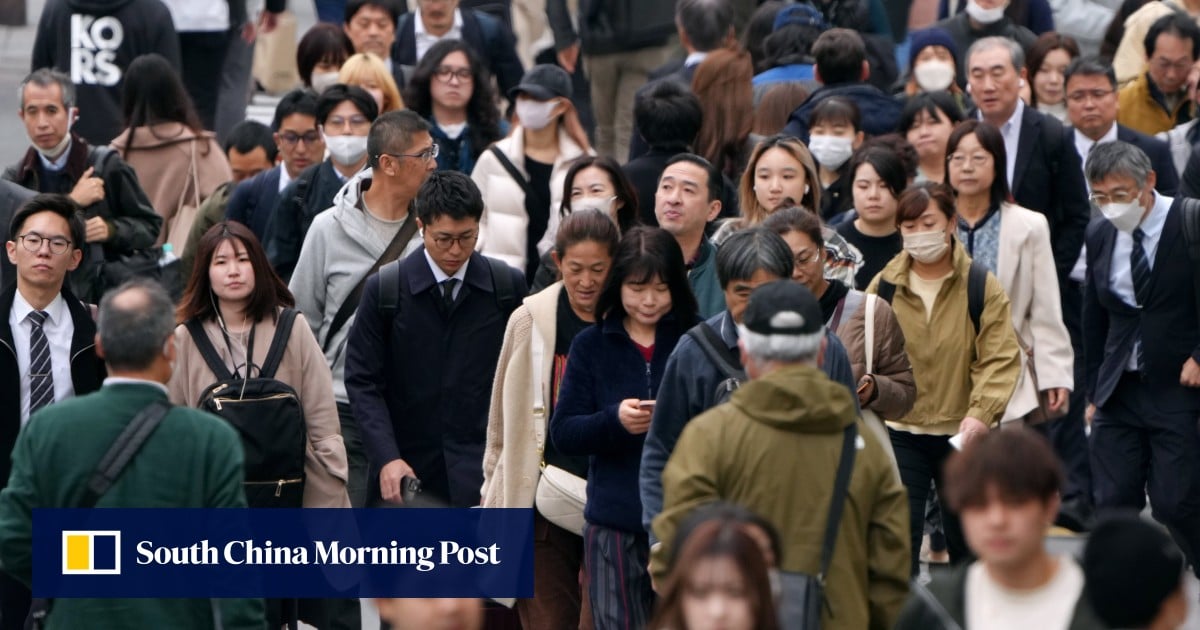Japan would need 6.7 million foreign workers by 2040 to meet its own projected economic growth rates, according to a 2022 report by the Japan International Cooperation Agency.
For its part, Indonesia is eager to benefit from its “demographic dividend” – 70 per cent of its population is now aged between 17 and 64 – and reduce its unemployment rate, which is officially at 5.32 per cent, representing 7.86 million working-age adults.
“Indonesia is one of the largest suppliers of foreign migrant workers to Japan and the trend is likely to continue and grow substantially in the future,” Dody Kusumonegoro, first economic consul at the Indonesian consulate in Osaka, told This Week In Asia.
According to Japan’s Ministry of Immigration, there were 325,000 foreign workers in Japan under the TITP and SSW schemes in 2022, 54 per cent of whom were from Vietnam, followed by 14.1 per cent from Indonesia and 9 per cent from the Philippines.
Dody said last year marked a milestone for Indonesia under the SSW scheme as 12,438 new workers arrived in Japan, making it the largest annual intake on record.
Japan remains an attractive work destination for young Indonesian jobseekers undaunted by the prospect of finding employment overseas.
Ken Ramadhan from Jakarta, 21, said he was “champing at the bit” about starting his first work stint in Japan under the TITP scheme in February 2024.
“Maybe technically it’s just a paid internship, but it will be my first real job – and it will be in Japan!” he said.
Ageing Japan reluctantly begins prising open its doors to migrant workers
Ageing Japan reluctantly begins prising open its doors to migrant workers
Catur Purnomo, who hails from Banjarnegara in Central Java, is currently on his second contract in Nagano prefecture. In his first work placement in 2017, he was employed as a product packer at a Japanese automotive plant.
“I started looking for ways in which I could work in Japan right after finishing school because I saw it as a better prospect than finding employment back home,” said the 27-year-old.
After deducting his basic monthly living costs of around 3 million rupiah (US$194), Catur said he could easily save 8 million rupiah from his wages in Japan. By comparison, the minimum wage in his hometown is currently just above 2 million rupiah.
Catur said his work opportunity in Japan had been hard-earned. It included a preliminary training period at his own expense, which amounted to 30 million rupiah, not to mention the six months spent learning the skills and Japanese language needed for his post.
“I actually got lucky because different employment agencies had different rates. The highest I was offered was around 70 million rupiah, but I went for the affordable one and still got in.”
On average, Indonesians looking to secure work in Japan will need to pay upfront of between 30 million and 70 million rupiah in training fees charged by their respective agencies, which will ensure their language and work skills match the required standards set out by their Japanese employers.
But not all agencies have their clients’ best interests at heart.
Catur said while he had never experienced mistreatment by his agency, he had heard from his fellow migrant worker friends instances of abuse by agencies, including the illegal siphoning off and withholding of wages.
As of May this year, Indonesia’s Ministry of Manpower has licensed 362 agencies to send workers overseas, but it has also suspended the licences of 248 for breaches of trust and malpractice since 2015.
This Week in Asia contacted several agencies specialising in work placements in Japan, but they did not respond.
‘Overwhelmingly young’: Japan visa changes may fuel worker immigration
‘Overwhelmingly young’: Japan visa changes may fuel worker immigration
Despite being generally content with his working conditions in Japan, Catur said one of his biggest challenges was adjusting to life there and his lack of proficiency in the Japanese language.
“Maybe the agency didn’t prepare me sufficiently because at first I really had problems understanding people, especially when they spoke very fast,” he said.
In 2018, there were 5,793 certified Japanese language instructors in Indonesia teaching around 85,000 students. Vietnam has 7,030 teachers for around 168,000 learners.
“The disparity between Indonesia’s capacity to train its workers for the Japanese market and that of Vietnam is pretty glaring. This is obviously something we need to address as soon as possible,” said Makki Nahari, second protocols consul of the Indonesian consulate in Osaka.
But Gancar Premananto, lecturer at Surabaya’s Airlangga Faculty of Business and Management, said Japan must also develop living conditions attractive enough to draw in prospective workers.
“It must also be a two-way street. For workers from Muslim-majority nations like Indonesia, for instance, there should be easy access to halal food and places of worship,” he said.

Catur said he hoped public amenities for Muslims in Japan could be improved, including the availability of halal food, which is often an issue with Indonesian migrant workers.
But Maximilien Rehm, an immigration researcher and PhD candidate at Doshisha University in Kyoto, said chances for further concessions by Japan towards migrant workers might be slim.
“Prime Minister Fumio Kishida restarted the large-scale admission of foreign workers in spring 2022, but he has been hesitant to outline a broader vision for the long-term admittance and potential integration of migrant workers,” Rehm said.
Rehm characterised Japan’s immigration policy under successive governments as ambivalent, relying on “side doors” such as the TITP and SSW schemes to “admit primarily lower-skilled foreign workers while legally denying their presence”.
He claimed the TITP had been heavily censured due to the many cases of “interns” incurring debt to take part in the scheme and a ban on them changing employers once in Japan.
“Japan has a structural demand for foreign workers, but one major question going forward is whether there is sufficient supply,” he said, adding that stagnating wages and a depreciating yen would also make Japan potentially less desirable for migrant workers.
‘Losing talent’: flight of young Indonesians to Singapore alarms Jakarta
‘Losing talent’: flight of young Indonesians to Singapore alarms Jakarta
Yet for young Indonesians like Catur and Ken, the “Land of Sunrise”, as Japan is commonly known in Indonesia, remains a repository of hopes and dreams.
“I hope to be able to save enough to set myself up back home later on in life,” Catur said, adding he realised he could not possibly work overseas forever.
Keen on expressing himself through the latest trends, Ken, a member of Gen Z and a fan of Japanese pop culture, said he had found it difficult to do so in Indonesia, where conformity is the norm.
“I’m done with pesky neighbours giving me glares and talking behind my back. No one would bat an eyelid about how I express myself in Japan, I bet.”


